Evaluation and Control Program Best Practice 3 – Assess the Good, the Bad, and the Ugly

Thomas Murner (1475 – 1537)
German satirist and poet
Author of Appeal to Fools
Many business professionals almost singularly focused on identifying and fixing ‘the ugly’ – shortcomings that result in their organization’s most adverse outcomes. This focus is understandable as extremely poor performance can cause irreparable damage. The approach, however, omits critical examination of a range of organizational performance, ‘the good’ and ‘the bad;’ placing the organization at risk of achieving only suboptimal performance.
Hi there! Gain access to this article with a StrategyDriven Insights Library – Total Access subscription or buy access to the article itself.
| Subscribe to the StrategyDriven Insights Library
Sign-up now for your StrategyDriven Insights Library – Total Access subscription for as low as $15 / month (paid annually). Not sure? Click here to learn more. |
Buy the Article
Don’t need a subscription? Buy access to Evaluation and Control Program Best Practice 3 – Assess the Good, the Bad, and the Ugly for just $2! |

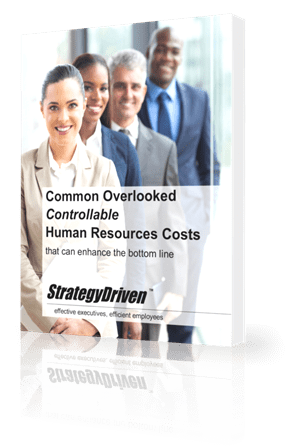
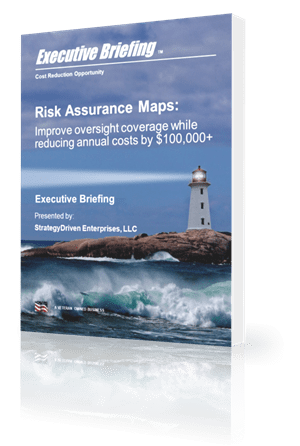
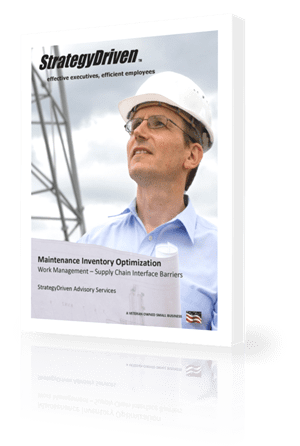
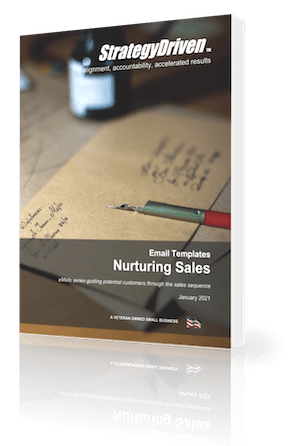

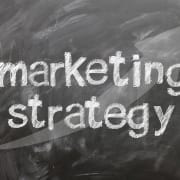



Leave a Reply
Want to join the discussion?Feel free to contribute!